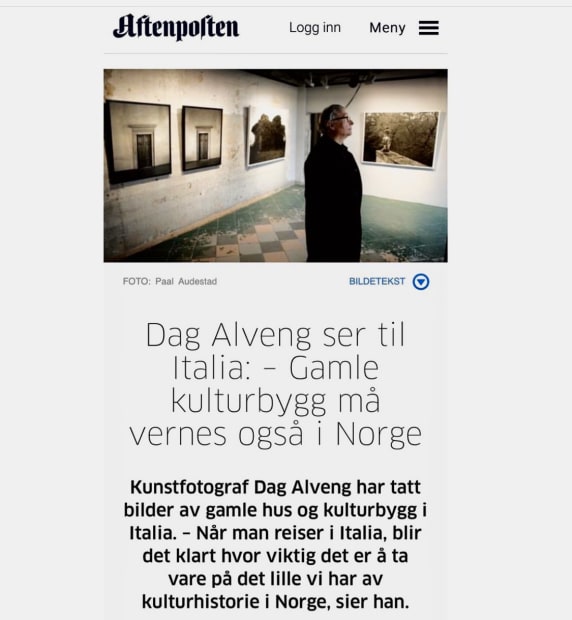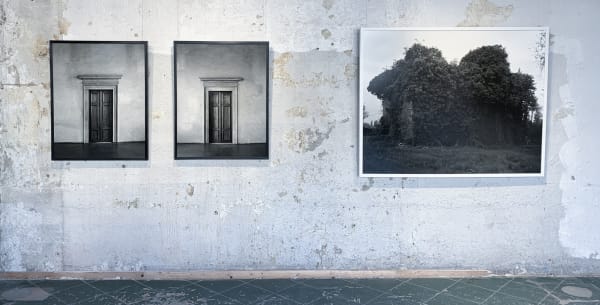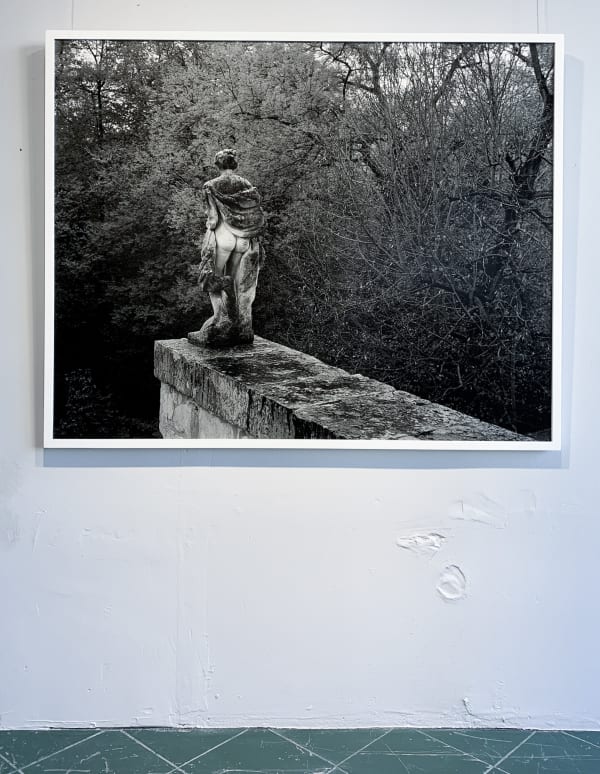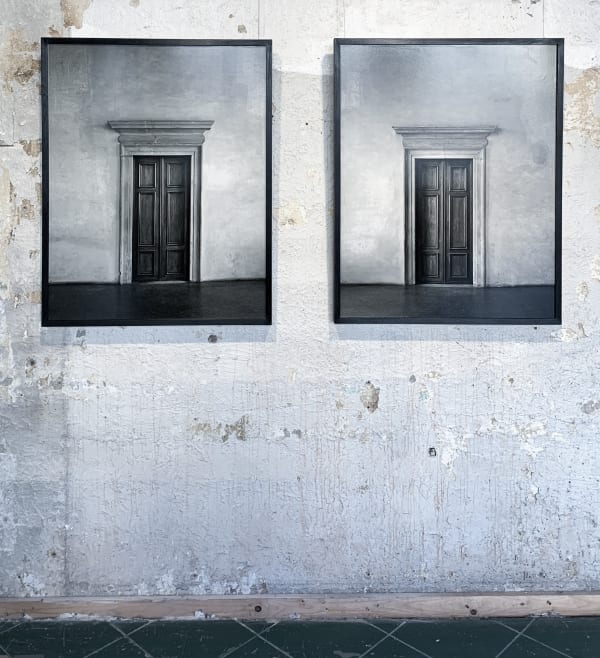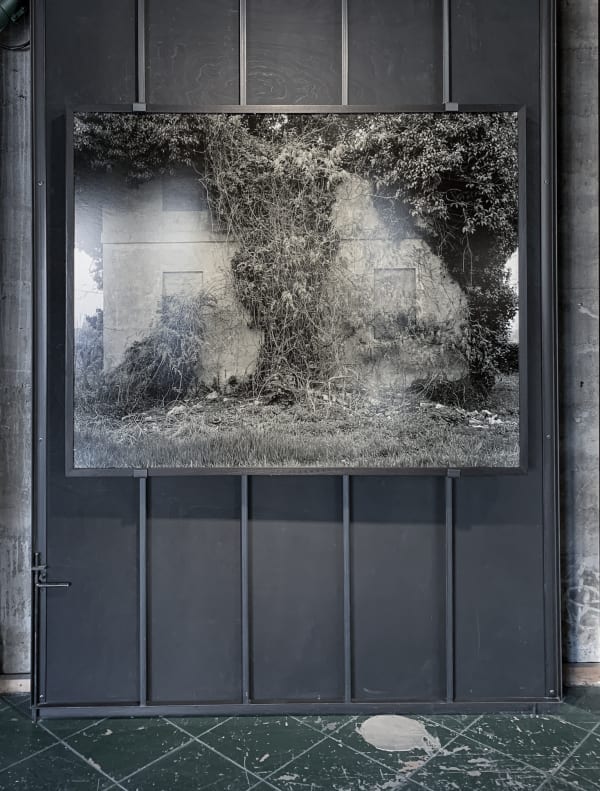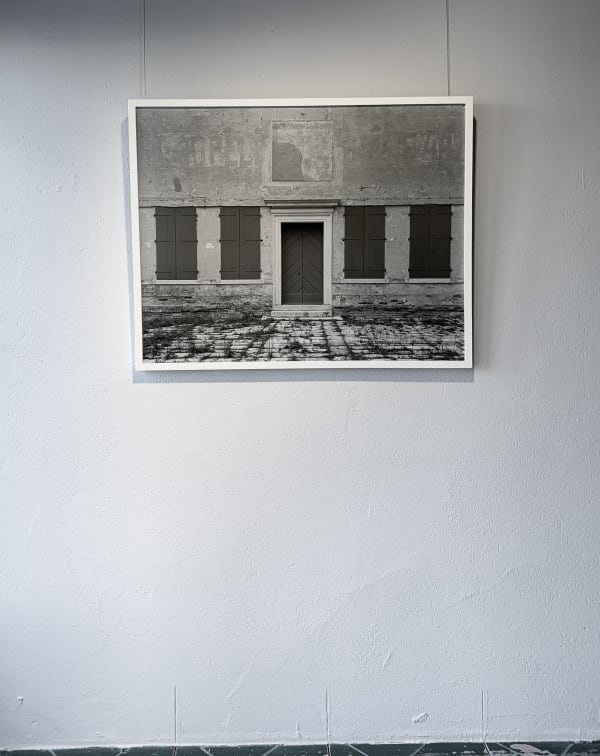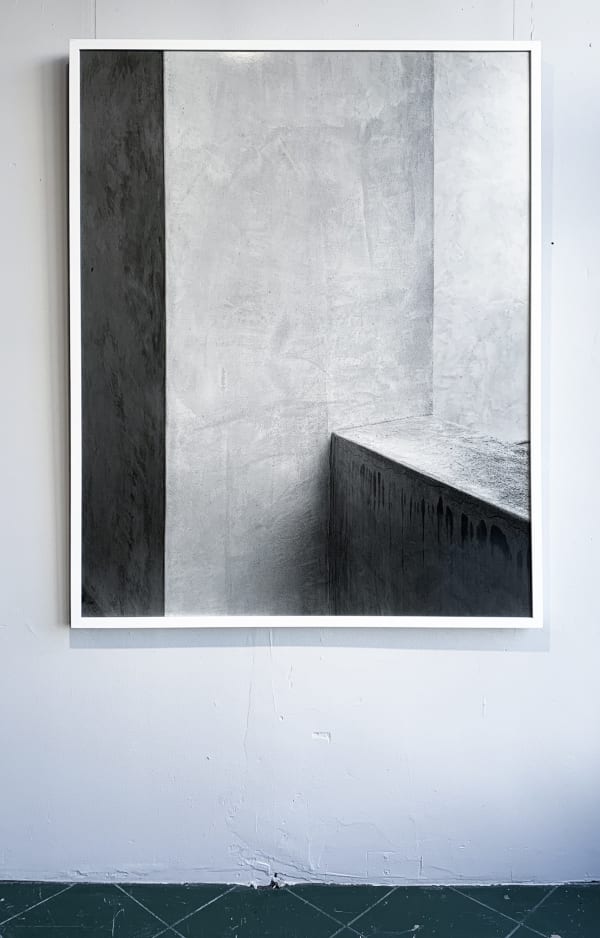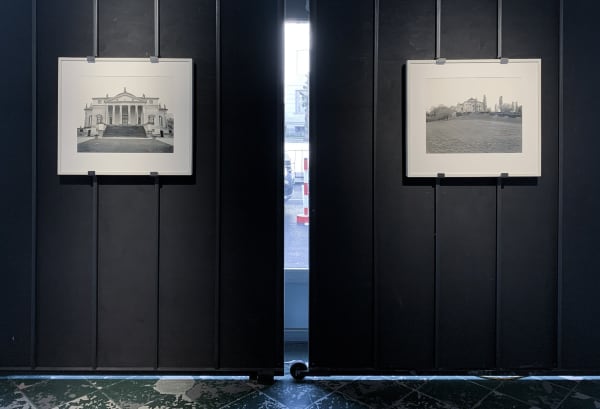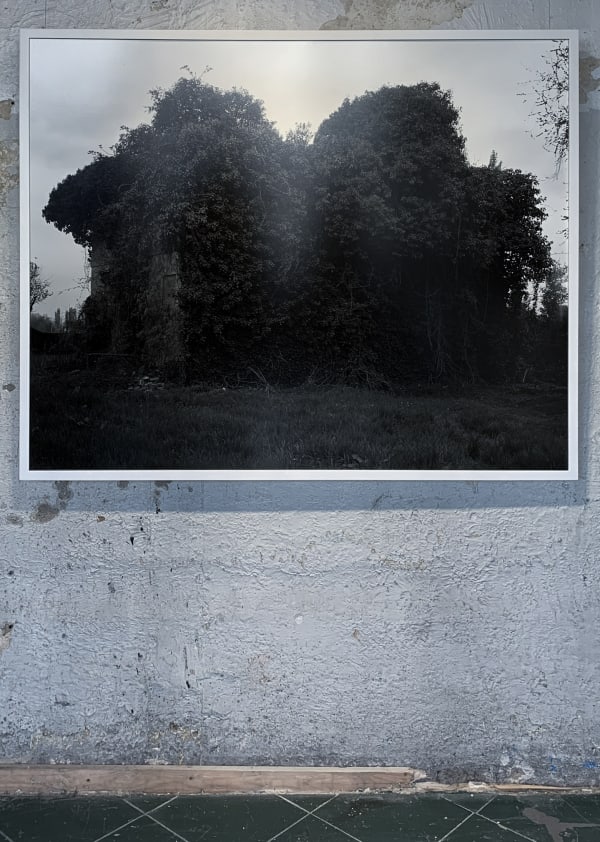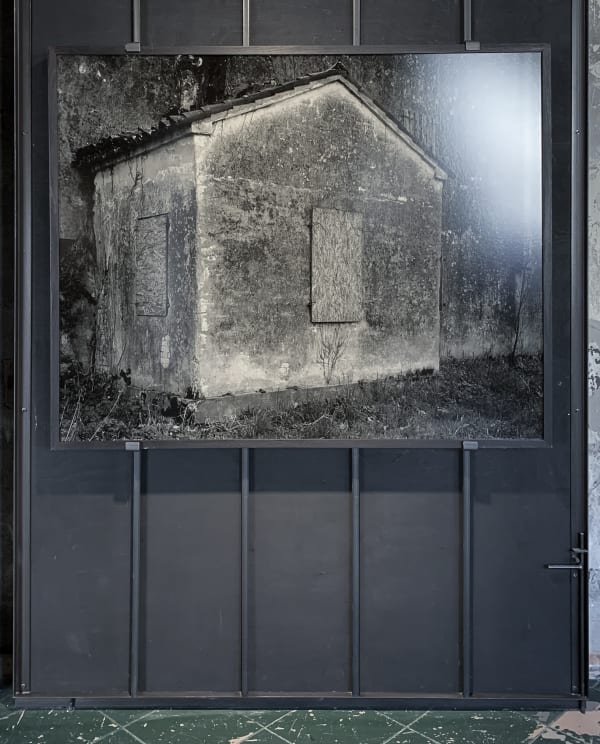As photographers we must make a crucial choice: What do we choose to photograph? Often I have chosen to photograph where I am. It has been at the summer place during my holidays, Hvasser and Koster, at a psychiatric institution where I worked as a night guard, or in New York where I lived. This time I visited Italy, more specifically Veneto, in the area of Venice and Vicenza to photograph Palladio architecture.
Palladio's buildings are magical to me. He was a pioneering architect who has greatly influenced later architecture. It is fascinating to experience these buildings that are almost five hundred years old, yet so beautiful. They are on UNESCO's World Heritage list, are devoured by the ravages of time, and maintained according to the owners' financial ability - some extremely well-maintained, others almost overgrown. I've been trying to convey the magic, or "The sound of one hand clapping," as Minor White put it. Edward Weston put it this way: "Whenever I feel a Bach Fugue in my work, I know I have arrived".
Personally I think I'm trying to convey a timeless moment.
- Dag Alveng, 2020
Please follow the link below for List of Works / Prisliste:
-
 Dag Alveng, Palladio Songs, Sculpture Villa Rotunda, 2019
Dag Alveng, Palladio Songs, Sculpture Villa Rotunda, 2019 -
 Dag Alveng, Palladio Songs, detail Villa Zeno, 2019
Dag Alveng, Palladio Songs, detail Villa Zeno, 2019 -
 Dag Alveng, Palladio Songs, Villa Zeno, 2019
Dag Alveng, Palladio Songs, Villa Zeno, 2019 -
 Dag Alveng, Palladio Songs, Villa Rotunda, 2019
Dag Alveng, Palladio Songs, Villa Rotunda, 2019
-

-

-
Installation shots
-
Dag Alveng
Palladio SongsDag Alveng's new photographs excel in the fine-tuned interaction of light and grayscale for which he is known. For the exhibition "Palladio Songs", Alveng has photographed villas designed by the Italian Renaissance architect Andrea Palladio (1508-1580) in Veneto, more specifically in the areas of Venice and Vicencza. As trade on the sea changed, the republic of Venice began to develop land beyond the coast and the city. Being one of the most famous architects of his time, Palladio was commissioned by Veneto's aristocracy to construct villas and palaces in the new areas. Five hundred years later, Alveng has photographed these villas.
Alveng works with analog photography, mainly in black and white and with a large format camera. Since the 1990s, he has also printed in large formats, which allows for detailed examination of the motifs. The large format camera produces rich and sharply rendered details, which Alveng utilizes to subtly highlight variations in surfaces, volume and materials. In "Palladio Songs", Alveng uses black-and-white photography's full-scale grayscale to reproduce differences in color and textures in the meeting between the often poorly maintained buildings and the sprawling landscape around. Here, the corrosion of time on the surface of the buildings merges with the grain of the chemical film in a photographic exploration of material transformation over time.
Palladio is considered one of the most influential figures in Western architecture. He was influenced by classical Roman architecture, especially by the architect and military engineer Vitruvius (ca. 80-70 BC – 15 BC). Vitruvius is known for his discussions of "perfect proportions" in architecture and the human body, which led to Leonardo Da Vinci's famous drawing Vitruvian Man (c. 1490). In Palladio’s work, the humanistic ideas of the Renaissance was expressed, among other things, through the further development of the classic ideal of perfect proportions and symmetry, with man as the fundamental scale combined with mathematical and geometric principles.
In Alveng's photographs of Palladio's architecture, however, it is not primarily these classic, symmetrical compositional principles that emerge. Tightly composed views rarely give us the whole buildings. By contrast, the images highlight nature's organic forms and the work of time on the villas; the play of light over the surfaces, the vegetation that infiltrates or, in some cases, almost encapsulates the once-glorious buildings, the plaster and the wood that erode. In his quite ways, Alveng thus equates the work of man with the forces of nature.
Susanne Østby Sæther













